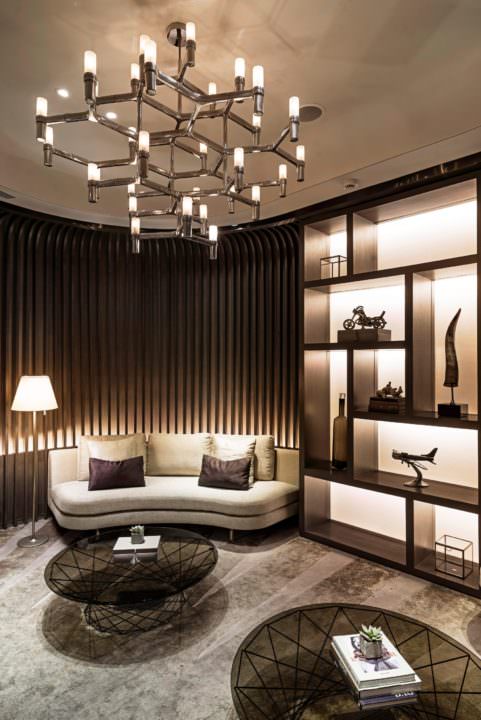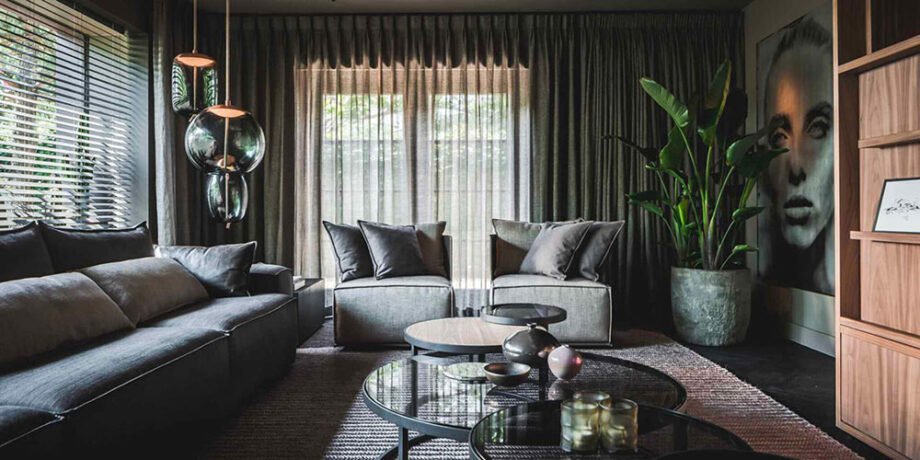Automation in lighting design is the advanced technology and control systems that automate and optimise lighting in a space. Along with making our lives convenient, it can help reduce the carbon footprint in several ways:
1. Energy efficiency: Automated lighting systems can incorporate energy-efficient LED lights and sensors that detect occupancy, daylight levels, and ambient conditions. Adjusting the lighting levels based on actual needs minimises unnecessary energy consumption. This reduces the overall energy demand and lowers carbon emissions associated with electricity generation.
2. Occupancy sensing: Motion sensors or occupancy sensors can be integrated into automated lighting systems. These sensors detect movement within a space and automatically turn lights on or off accordingly, say in a home lighting scheme. When a room is unoccupied, the lights are switched off, avoiding unnecessary energy consumption. This is particularly useful in areas like offices, conference rooms, home lighting designs or hallways where people may forget to turn off lights when leaving.

Project Metamorfose, Laren, Netherlands by Brokis lighting
https://www.brokis.cz/projects/project-metamorfose/
3. Daylight harvesting: Automated lighting systems can utilise sensors to measure the amount of natural daylight in a room for home lighting design or at urban workplaces. By integrating this data with the lighting controls, the system can automatically adjust the artificial lighting levels to supplement or dim according to the available natural light. This ensures that lights are only used when necessary, reducing energy consumption during daylight hours.

Lodha World One, Detail, Products used: Orluna LED Strips, Linear LED Lines
https://www.ildlimited.com/portfolio/lodha-world-one/
4. Time schedule: Smart lights allows for scheduling lighting operations based on the time of day or occupancy patterns. For instance, lights can be programmed to turn on and off at specific times or respond to predefined events. This eliminates the need for manual control and ensures that lights are not inadvertently left on when not needed.
5. Zoning and individual control: Advanced lighting control systems enable the zoning of different areas within a space, such as individual rooms or sections. This allows for independent control of lighting in each zone, especially in home lighting design for adjusting brightness or turning off lights in areas not in use. By providing individual control options, occupants can personalise their lighting preferences, further reducing energy waste.
6. Integration with building management systems: Automated lighting systems can be integrated with broader building management systems, such as HVAC (heating, ventilation, and air conditioning) or occupancy sensors. This integration enables coordinated energy-saving strategies, where lighting can be synchronised with other systems based on occupancy, time of day, or environmental conditions.
By implementing automation and smart lights in lighting design, energy consumption can be optimised, resulting in reduced carbon emissions and a more sustainable approach to lighting. The combination of energy-efficient lighting technologies and smart control systems allows for significant energy savings and a smaller carbon footprint in both residential and commercial settings.


